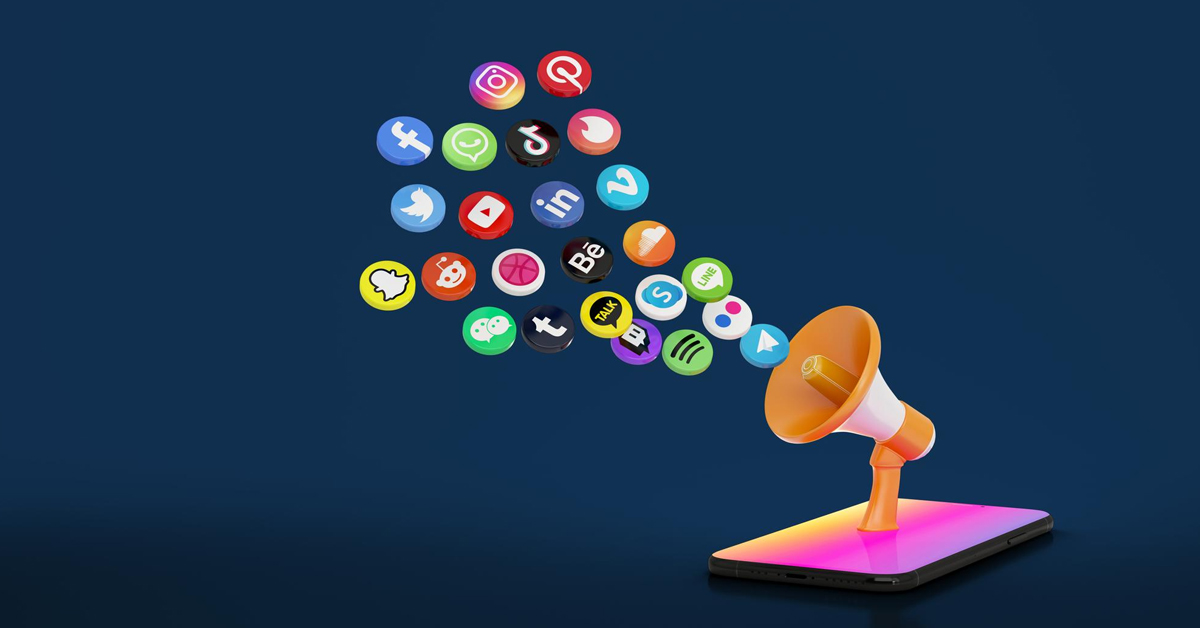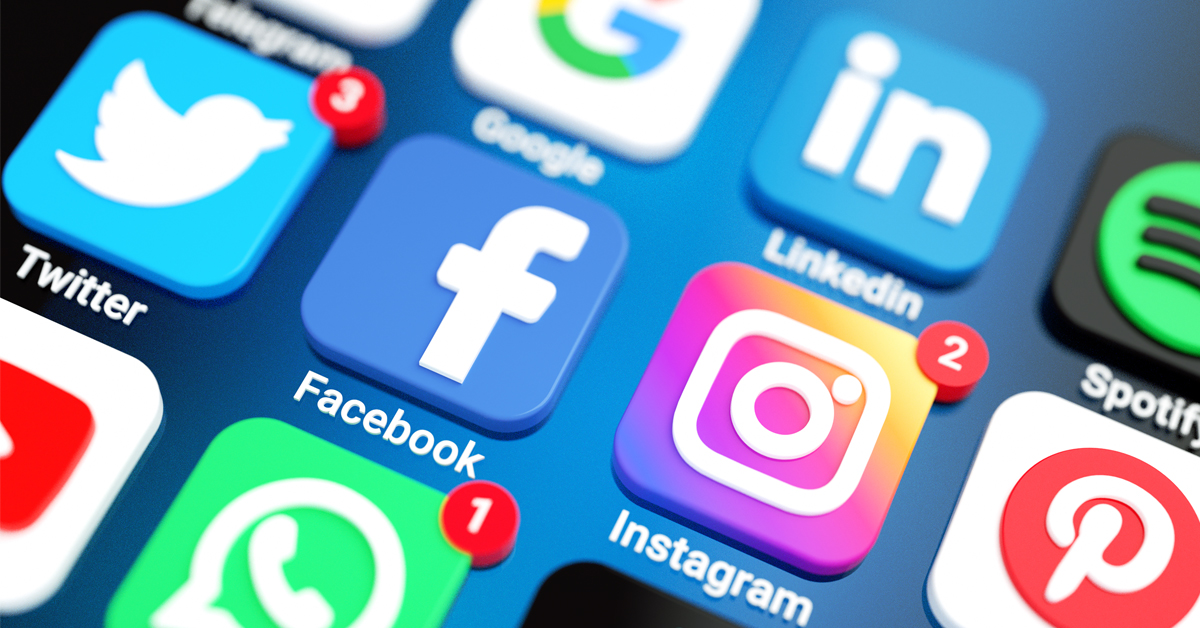-
MarTech Services
- HubSpot
- OneSignal
HubSpot
Technical Consulting
Partner with experts who understand your HubSpot systems and business needs inside out.
Revenue Operations
Drive revenue growth with tailored RevOps strategies designed for HubSpot users.
Hubspot Integration Services
Seamlessly integrate HubSpot with your existing tools to enhance operational efficiency.
Sales Enablement
Boost your sales team’s efficiency with focused HubSpot Sales Enablement solutions.
CRM Data Migration
Effortlessly migrate your CRM data to HubSpot with precision and support.
Hubspot Onboarding
Efficiently onboard clients to HubSpot, ensuring a smooth transition and rapid platform adoption.
HubSpot Administration
Maximize your HubSpot investment with expert management and optimisation tailored for HubSpot clients.
Marketing Assets Development
Develop, deploy, and manage digital assets, ensuring a fresh and engaging presence.
-
Solutions
-
Website Services
Website Development
We bring together expertise, creativity, and measurable results, making us the go-to choice for HubSpot website creation.
Website Migration
Our approach to website migration goes beyond a technical transfer; we prioritize a user-centric experience.
Website Maintenance
Optimize your online presence with effective, growth-driven websites focusing on nurturing website visitors, creating and deploying content, and tracking progress with precision.
Website Audit
Is your website performing at its peak? Our CMS Consultants are here to help you find out with our comprehensive Website Audit service.
-
Resources
-
Company
Clients
We have worked with clients from various industries across the globe, making our journey diverse and exciting.
Team
We put decades of experience where our mouth is. So what you get is market-tested and tried, not theory. We believe in plain speak, which we believe works better than jargon.
Solutions Partner
BlueOshan is not just a partner; we are among the most experienced and adept in the HubSpot ecosystem.
- Contact Us
How many social media channels should a brand be on?

Venu Gopal Nair
January 2, 2023

Omnichannel social media marketing is what brands follow. They don’t want to lose out on customers who flip between marketing channels. Since you have to go into programmatic to follow them around all the time, it becomes expensive. What kind of yardsticks should you use to determine which social media gets priority?
If you have a small team and it’s difficult to churn out interesting content on a daily basis, prioritize. There’s no hard and fast rule that brands should post several times a day, every day. That gets annoying for an audience that may not want to hear from you all the time.
Zomato and Swiggy should not be the lodestars. We eat three times a day and snack often. Food is interesting because there are so many options to consider. On the other hand, ERP is hard to understand, aimed at specific groups of people, and only used because it simplifies life within an organisation to an extent. Posting every day is not going to drive interest any higher because the audience for the product is limited and clearly defined.
Start with what your customer wants.
That’s a simple rule to follow. In the beginning, you may not know what customers seek. For example, it is important to find out which segment to target for EV cycle rentals. The first step is to find out how customers react to the idea and what they find useful. Then, they determine what they consider valuable and are willing to pay for. Promoting the EV cycle by making a splash across all social media channels will drive awareness, but it may not lead to usage and adoption.
The message is important. But relevance is crucial. Communication should be built on the response achieved rather than the impact
The situations in which an EV makes sense to use should be the starting point. With HubSpot's Marketing Hub, you can create a set of landing pages that explore the possible uses and then see which ones get the most traction with customers. Content should be varied to bring up different cases in which using the product makes a difference.
Then, running them together as a campaign on HubSpot helps to understand which promise gets the most traction.
Similarly, in cases where the use is abstract, the effort should be on explaining things clearly and seeing how customers perceive the benefits. Their response is the best way to plan the campaign.
HubSpot allows for everything from scheduling, posting, tracking, and reviewing campaigns to evaluating and assessing the way forward.
Study the competition to identify the gaps.
There could be brands that maintain a large presence across all the top social media channels. What’s important is not posting every day or trying to drum up follower counts.
Tailgating the competition is not a long-term strategy. What works is finding the product that connects with a core group of customers.
Studying the competition gives crucial clues on what they see as important. But simply trying to outrank them on keywords is not the race to run. Instead, drill down into why some keywords attract and retain attention. Then, look at their audiences to see what gets traction. It isn’t a straight 2+2=4 kind of connection. It is a lot more nuanced than that.
Perhaps an example could clarify things better – for example, is the keyword that drives traffic to them more about category knowledge? Or is it driving purchase behaviour? Since that level of access is not available, assumptions should be made and tested.
Search intent is broadly around four points: information, navigation, commercial, and comparisons. Keywords in each quadrant relate closely to one of these stages.
In the early stages, it could be more about gathering information and navigation. But as the user approaches a sale or conversion, the commercial pages related to pricing and comparisons with other products indicate greater purchase intent.
How should social ‘proof’ be worked?
The distribution across a set of social media platforms is never uniform. There are definite differences in the profile and mental state of audiences as they navigate different platforms.
People don’t behave on Facebook the way they do on LinkedIn or Twitter. For example, the discussions on LinkedIn may have a lot more depth than the conversations on Facebook. The topics, tone, and tenor are all different.
Much like we are in different environments, we behave differently when we are at home, with friends and family, or at a conference. And we slip in and out of these behaviours without any apparent effort.
The LinkedIn influencer has more proof on that particular platform. It doesn’t translate to credibility on Instagram, for example. And vice-versa.
Previously, it was assumed that because users navigated different social media channels throughout the day, it was important to keep following them everywhere. But people slip into different mental states when they are on Instagram, Facebook, and LinkedIn. Treating them as a single point of contact is counterproductive.
The effort should be to find the social media channel and tone that resonates with the largest number of prospects. This will provide the best payoff over time, rather than simply being present and seen frequently.
HubSpot's Marketing Hub can help determine what works best for the brand when seen in a social media environment. And it should be done without artificially pumping up ‘likes’. At that point, it simply becomes a game of numbers. Instead, landing pages connected to these posts should be used to determine true interest.
That’s the best way to build social proof.

Venu Gopal Nair
Advertising and Branding Specialist, CEO - Ideascape Communications, A professional journey through the tumultuous years of advertising and communication, starting in 1984. Started out in the age of print, saw the changes with the entry of satellite TV and the momentous transition to digital. Advertising and branding today is vastly different from its practices in the 20th century and the last two decades have seen dramatic changes with smartphone domination. As a Creative Director turned CEO, making the transition personally and professionally has been a tremendous experience.
Related Articles

August 4, 2022

September 15, 2022

November 15, 2022

